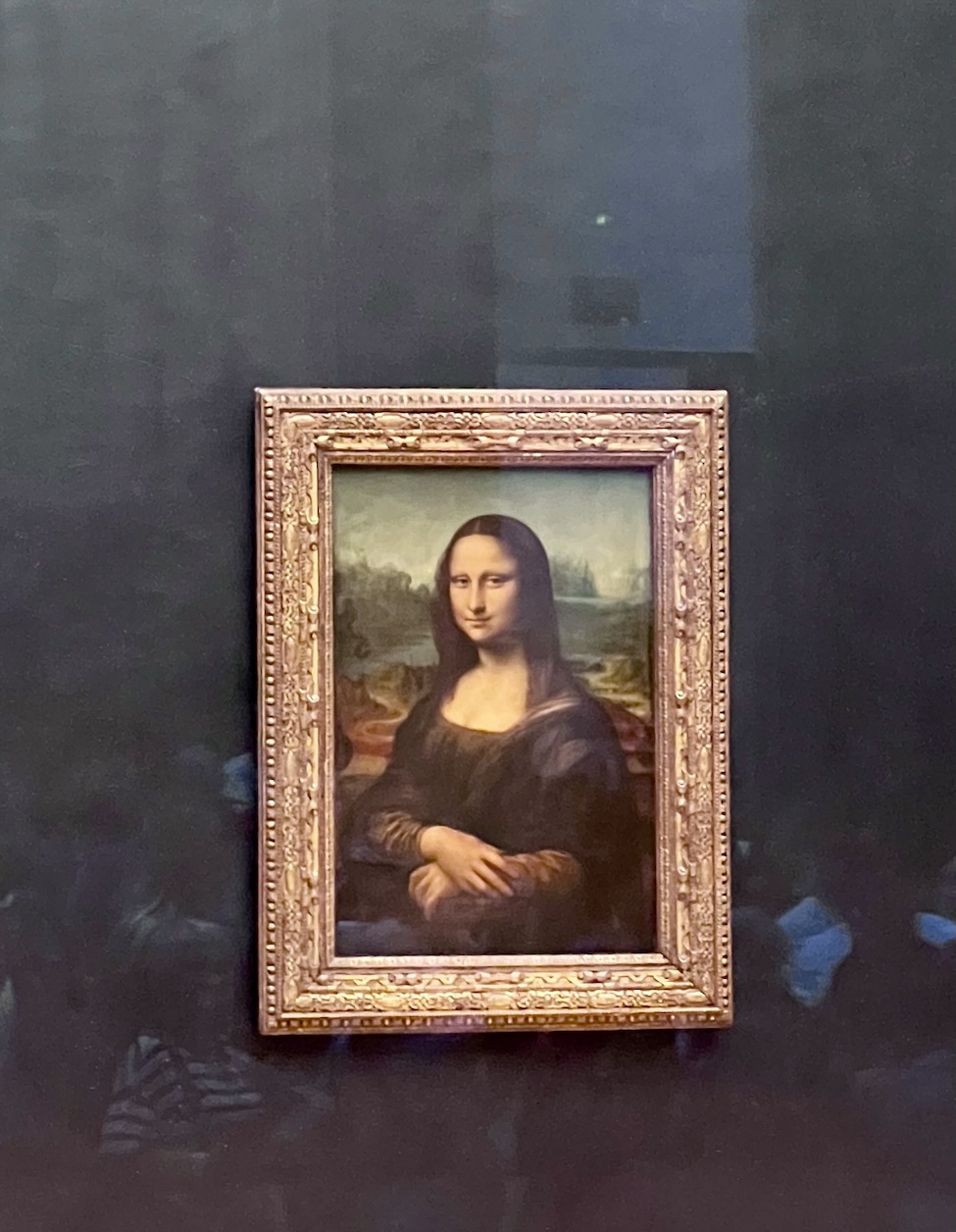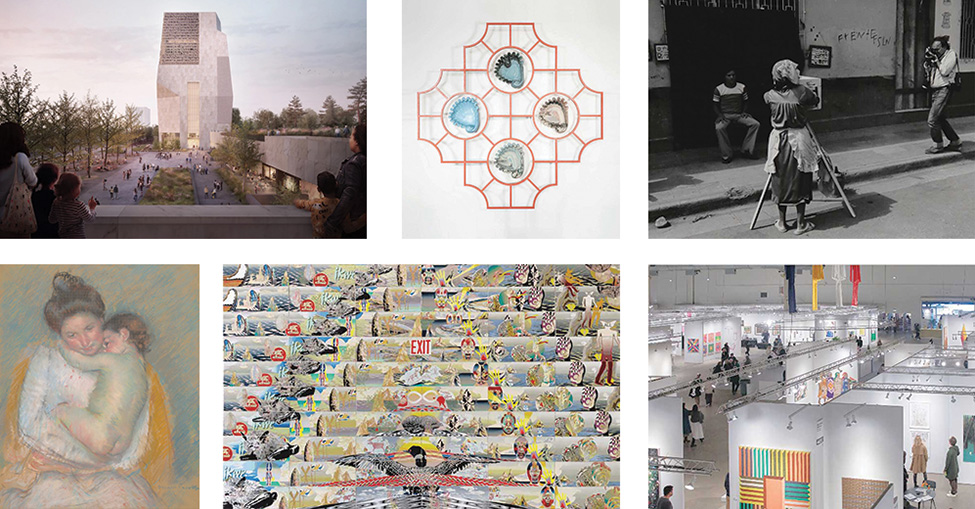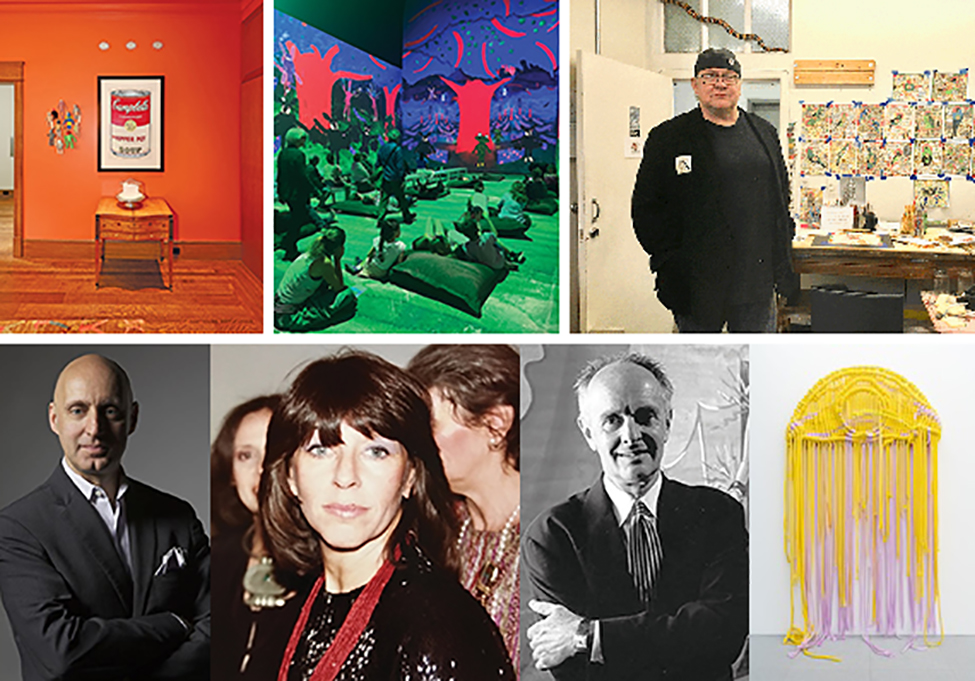News from Around the Art World: November 27, 2017


Which charities are the big winners in the city budget?
At least four nonprofits will benefit from Mayor Rahm Emanuel's 2018 budget, which the City Council is expected to approve Nov. 21. The city of Chicago's 2018 budget earmarks $76.7 million for youth programs, up from $21 million in 2011, when Emanuel took office.
--Via Lisa Bertagnoli, Crain's Chicago Business
A Museum for Art’s Sake
Departing leaders are rarely fêted for what they didn’t do. But we live in a time of cultural turmoil, so it’s worth noting the tenure of National Gallery of Art Director Earl A. (Rusty) Powell III, who announced this month that he will retire in early 2019 after 25 years on the job.
On Mr. Powell’s watch there have been no glitzy expansions, scandals or raids on the collection to raise money, no board dysfunction or dumbing down of exhibitions. In many respects his directorship was very low-key, with much of its focus on...
-- Via The Editorial Board, The Wall Street Journal

How the internet is transforming the art world
These days, selling your art online is easy. Online art galleries, freelance platforms, digital stores, and other websites help connect artists to potential buyers. From watercolor pictures of squirrels to geometric patterns of maple leaves, there is a growing demand for original artwork in the digital space. However, the commercialization and dilution of art online is leading to new debates about the meaning and future of fine art.
In 2016, online sales of art totaled $3.27 billion. This figure comes from an annual report compiled by TEFAF, but it only includes data from art sales databases, dealers, collectors, and auctioneers. So while the report shows significant growth in the art industry online, it's still missing key parts. For example, sales from personal websites, individual artists, and some online platforms such as Etsy are missing.
So, the demand is there. But the TEFAF report also revealed another interesting trend in online art sales: They tend to be on the lower end of the price scale, with each piece usually selling for less than $500. It's easy to see this trend when perusing Etsy, Creative Market, or another online platform. You can find original artwork for a couple of dollars.
--Via Lana Bandoim, The Week

The Elite Professionals Who Assist Wealthy Art Collectors
Art buyers make global headlines when they pay record prices for a new addition to their collection, such as the recent sale of a da Vinci painting for over $450 million.
But behind every art collector, there is an entourage of buying consultants, gallerists, framers and lighting specialists to make sure they buy the right piece and display it just so.
--Via Ruth Bloomfield, The Wall Street Journal
David Hockney’s Life in Painting: Spare, Exuberant, Full
Give it up for David Hockney, one of painting’s elder statesmen, and for his crystalline retrospective at the Metropolitan Museum of Art, which proceeds in a string of perfectly curated mini-exhibitions. Check at the door the usual caveats and tsk-tsks regarding this wildly popular Anglo-Californian — that he’s a lightweight; that his “moment” was the ’60s; that he’s obvious. Suspend at least briefly the belief that a tragic vision, or abstraction, is essential for entry into art history’s pantheon.
No, Mr. Hockney, at 80, is not Jasper Johns or Gerhard Richter. But he has his own greatness, which flows from openly following his own desires — including his attraction to other men — while rigorously exploring the ways art and life feed each other, visually and emotionally. Full disclosure, forthright joy and forward motion are the dynamos of his art, which in my book at least, gives him an edge over Lucian Freud and Francis Bacon.
--Via Roberta Smith, The New York Times
Top image: David Hockney’s “A Bigger Interior With Blue Terrace and Garden,” from 2017. Credit Metropolitan Museum of Art
SaveSave






